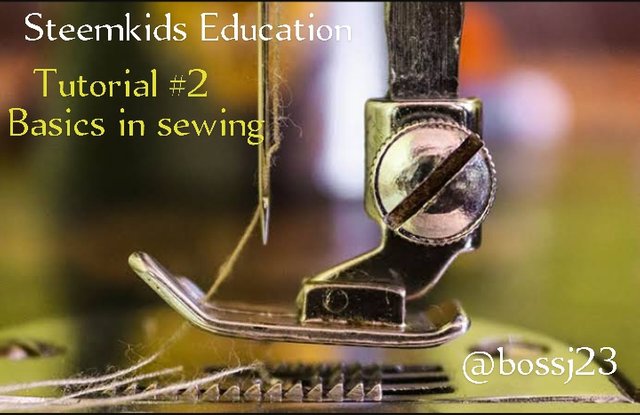
Greetings to everyone in this community, most especially the kids. It's another tutorial day with a different topic. Last week,i so much deliberated on Tailoring as a course, the Importance of tailoring as a skill and business, the Objectives of the course and terminologies involved. At the end of the lecture, i gave an assessment task to see if what i taught was fully understood. To my greatest surprise, two students @tasmia11 and @ghani12 did excellently well. Their answers were not evasive and their detailed answers to the Three questions showed they understood the concept. I reviewed their homework post and they both received curation rewards. Before starting a fresh topic today which is on Basics in Sewing, let's summarize last week's lecture. Tailoring is the act of using certain applied skills to sew or stitch clothes. It spans from cutting, adjusting, weaving, fitting to finishing. The importance of tailoring spans from financial support to being acquainted with it as a skill. We also saw setbacks in tailoring and how to avoid them. This is the link to last lecture for those that missed. Tailoring
This is our designed curriculum for the month of may and June
Curriculum
Sewing
Sewing was done with hand until the advent of sewing machine in the 19th century. The word Sewing is broadly defined as a craft or skill that involves using a needle and thread either tied to a sewing machine or manually for stitching, fastening, joining, mending, attaching and holding fabrics together.
This implies that a tailor cuts two or more fabrics example [Trouser cuttings] and wants to join those fabrics together to make a perfect trouser. He can only join those fabrics by sewing them. So sewing means Joining fabrics
Sewing also implies that a tailor wants to put button on a cloth, wants to adjust length of a cloth or wants to stitch that cloth. The tailor has to sew before that is done.
So the three main things involved in. sewing are;
- Needle
- Thread
- Fabrics.
Without these things, sewing can't be carried out. Sewing has two major components which are ;
- Stitches and
- Seams....One other is Embroidery
Stitches
Stitches are the results of the process of stitching which is turning or looping of yarns or threads. Stitching is simply a row of lines of threads or yarns that has been sewn in something. It is also a loop of yarns or threads used to close a tear on a fabric. In stitching, rows of threads are run around or interlaced in a specific repeated unit. We have different types of stitches which makes up sewing. There are **running, chain and many others.
Seams
Seams are simply rows of stitches which Joins two objects or fabrics together. Seam is that line that joins two or more fabrics together with stitches. Seam can also be termed a line of stitches which includes running stitches, zigzag stitches. This is a pictorial representation of seam.
Embroidery
is the act of decorating materials or fabrics or using needle to apply thread or yarn. It is mostly used in designing. This is how embroidery looks like.
Types of Sewing
- Plain Sewing: is a type of sewing method of mending clothes and linens.
- Fancy sewing: is a type of sewing which uses decorative techniques such as smocking and embroidery.
- Heirloom Sewing: is a type of sewing that combines fancywork and fine hand sewing using a sewing machine and trimmings.
Types of Stitches
Straight Stitch: This is otherwise known as running stitch. It is the mother of which all sewing are based. It is the basic stitch in embroidery and hand-sewing and is carried out by passing the needle in and out of a fabric at a regular distance or direction. This is widely used in hand-sewing but also used while sewing on a machine. It is used in tucking, mending and gathering.
Backstitch : is a hand-sewn form of stitch that existed long before the advent of sewing machines.It is s strong and reliable form of stitch used in attaching fabrics, writings and outline shapes for embroidery designs.
Basting/Tacking stitch: is the same as running stitches but with slanting and longer stitches. It is mostly used for tacking, holding seam, and temporary stitch.
Blanket stitch (Buttonhole stitch): is used to enclose raw edges of heavy fabrics and for decorative stitch. It is used to open button holes too for insertion of buttons.
Differences between Seam and Stitches
| Seam | Stitch |
|---|---|
| Seam is the line that joins two or more fabrics together | Stitch is as a result of one or more threads or loops of threads. |
| Seam is a folded back and stitched piece of fabric | Stitch is a single pass of a needle in sewing |
Differences between Sewing and stitching
| Sewing | Stitching |
|---|---|
| Sewing is the craft of joining two or more fabrics together with stitches using thread | Stitching is the process of looping yarns or threads to join objects together. |
| Sewing is one of the world's oldest is crafts and is the foundation of embroidery | Stitching is a basic component of sewing and other needlework |

Importance of sewing
There are many importance of sewing to mention a few. Sewing helps
- In improving one's focus and concentration
- Increase fine motor skill
- in boosting your creativity and dexterity
- in saving our money that would have been used to pay for sewing or buying new clothes.
- in achieving tangible goals outside our comfort zone. It is also budget friendly
- us in knowing personal boundaries.
These are the basics in sewing. A practical class would be held next week on how to do the different types of stitches using hand sewing. I'll call it a day. Thanks for your participation. The practical class would be held next week so prepare. Before i end this lecture, I'll give us these homework questions.
Homework
1: In your own understanding, explain the following terms.
- Sewing
- Stitches
- Embroidery
- Seam
2: List and explain two types of sewing and two types of stitches.......
Rules:
- Fo verified kids (adults are also allowed)
- You must at least write 200 words.
- The post must not be plagiarized.
- Use the tags; #learnwithsteem #assignment #steemexclusive #tailoring #your country #clubstatus in your tags.
I hope you liked this tutorial and please tell me in the comments, what you liked in this tutorial.
I hope you guys enjoy the lecture........
Roll Call
See you all next Friday
@tarazona14 @esha2006 @leyxi209 @ghani12 @deben @amjosh9 @dorismos @yeri52 @david-o @jlvillamizar @kishwarsumbal @favrite @debimarissa @ronindboss @fuegohelado @muna-chukwu @katherine012 @nayanay @lienla @jueco @jonnchima @viviandaniella @fortwis09 @ibtisamwaqas @ijeoma345 @ekemini5 @justicechigo @chimeroselam @favour11 @princeifeko
Cc,
@steemkidss
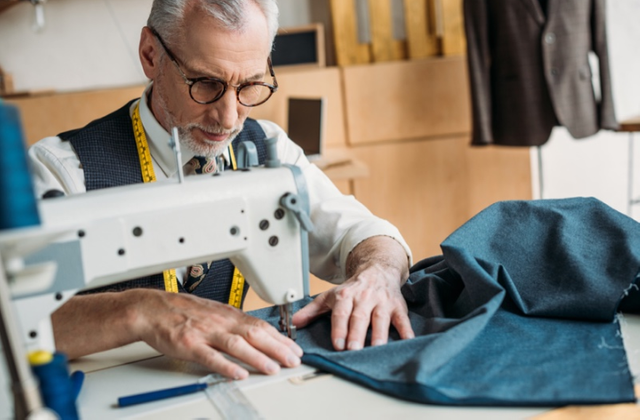
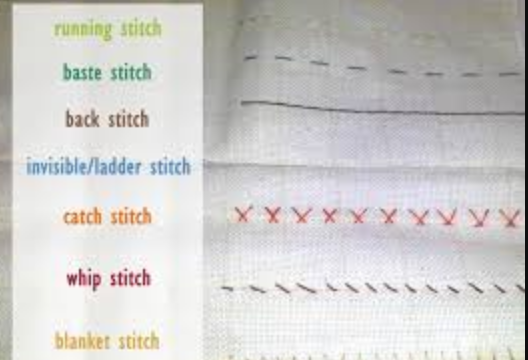
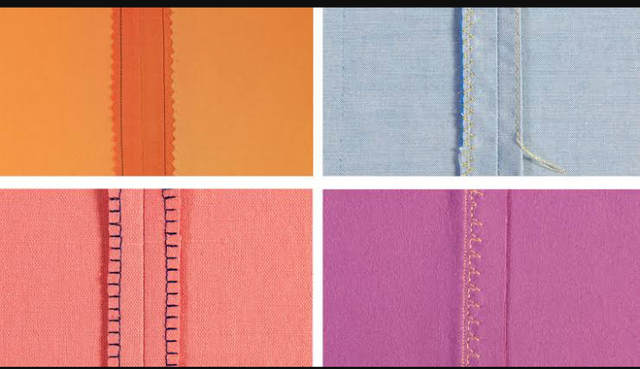
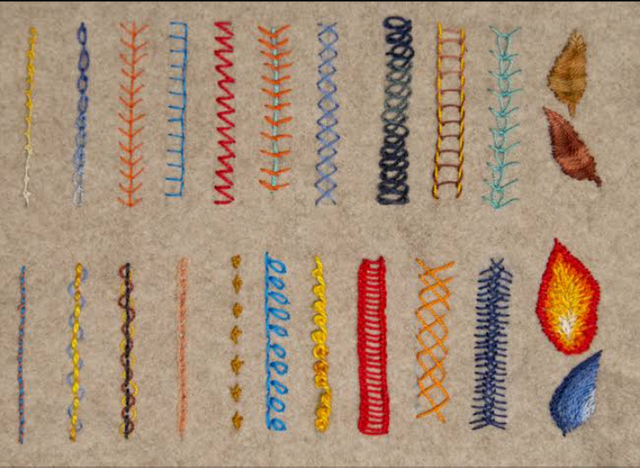
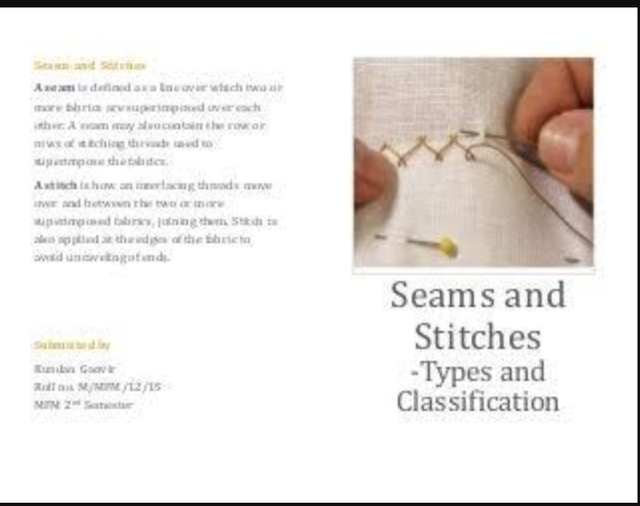
Thanks for this lesson. We appreciate
Downvoting a post can decrease pending rewards and make it less visible. Common reasons:
Submit
What if adults send their entries? Won't you be reviewing them?
Downvoting a post can decrease pending rewards and make it less visible. Common reasons:
Submit
I would. It's allowed too
Downvoting a post can decrease pending rewards and make it less visible. Common reasons:
Submit
thank you so much teacher for this lecture this is my submission of home work LINK
Downvoting a post can decrease pending rewards and make it less visible. Common reasons:
Submit
I appreciate your lesson tailoring is a good work keep it up
Downvoting a post can decrease pending rewards and make it less visible. Common reasons:
Submit
Hello @bossj23, Your post has been selected as one of the quality posts for the day by steemkids community. Congratulations! Please keep making quality and original contents with us here. We love you so much and will like to read more of your posts.
Please endeavour to resteem, vote and comment on the post of selection. Thank you!
Downvoting a post can decrease pending rewards and make it less visible. Common reasons:
Submit